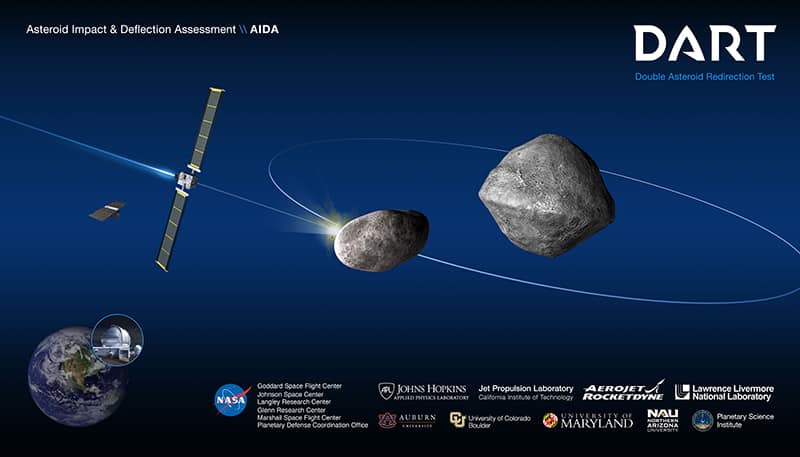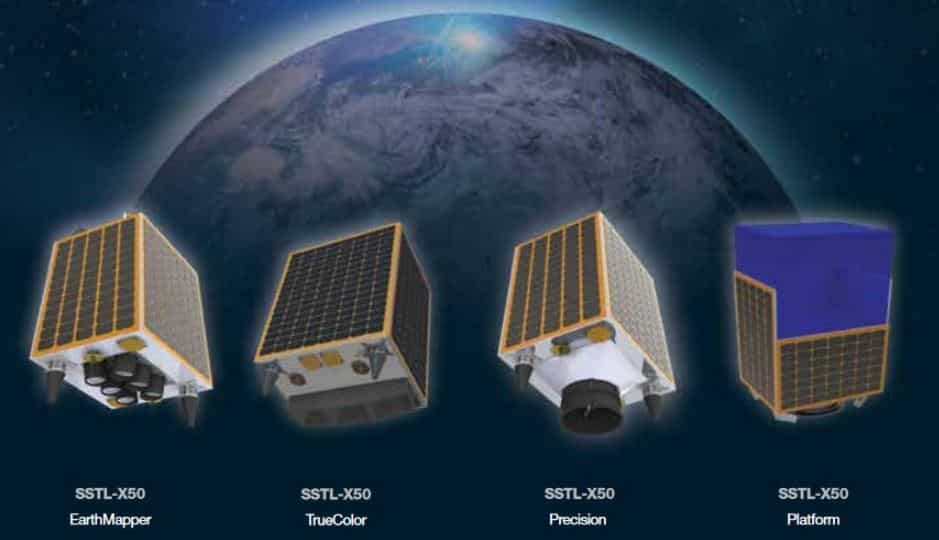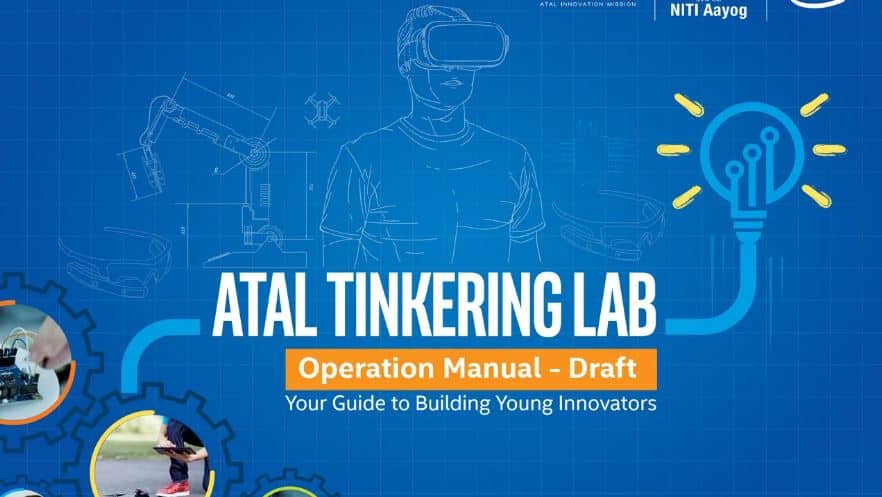Table of Contents
Double Asteroid Redirection Test (DART) Mission | UPSC – IAS
The first-ever mission to demonstrate the capability to deflect an asteroid by colliding a spacecraft with it at high speed – a technique known as a kinetic impactor. Nasa’s dart mission will test our planetary defense capabilities against asteroids.
What is kinetic impactor ? – Kinetic impaction involves sending one or more large, high-speed spacecraft into the path of an approaching near-earth object. This could deflect the asteroid into a different trajectory, steering it away from the Earth’s orbital path.
About the DART Mission | UPSC – IAS
Double Asteroid Redirection Test (DART) is a planned space probe that will demonstrate the kinetic effects of crashing an impactor spacecraft into an asteroid moon for planetary defense purposes. The mission is intended to test whether a spacecraft impact could successfully deflect an asteroid on a collision course with Earth.
- To make its demonstration, DART will go in the direction of an asteroid named Didymos. Another asteroid, Didymoon, orbits around Didymos.
- It is Didymoon who will receive the impact of DART. With only 170 meters wingspan, Didymoon is indeed small enough that we can hope to measure the results. Didymos, for its part, will be able to provide a reference point for accurately measuring orbital changes
Rationale behind the DART Mission | UPSC – IAS
The threat of asteroid impacts on Earth is statistically low, but the potential threat may be large. Recognizing this potential, in 2016, NASA formalized the Planetary Defense Coordination Office (PDCO). The office is managed in the Planetary Science Division of the Science Mission Directorate at NASA Headquarters in Washington, D.C. DART will demonstrate a kinetic impact, one of several techniques NASA is exploring for planetary defense.
Objective of the DART Mission | UPSC – IAS
- Earth orbit is a dangerous neighborhood. Astronomers estimate there are about 1,000 near-Earth asteroids larger than 1 kilometer – big enough to cause a global disaster.
- About 90 percent of them have been identified. Far less is known about smaller asteroids. All told, about 100 tons of extraterrestrial matter falls onto Earth every day, mostly in the form of harmless dust and an occasional meteorite.
Why do we need to test the impact of an asteroid in space? Primarily, scale. An asteroid impact is not easy to replicate on Earth in a laboratory experiment. While we understand some of how craters develop, we have not observed a crater created on an asteroid. The impacts to not only the asteroid’s surface structure and geology but also the orbital mechanics are key to understanding the potential success of the kinetic impact technique.
The technology goals of NASA’s DART include:
- Measure asteroid deflection to within 10%
- Return high resolution images of target prior to impact
- Autonomous guidance with proportional navigation to hit the center of 150 meter target body
Why Didymos? | UPSC – IAS
Observing the change in a single asteroid’s orbit is very difficult. However, a binary system like Didymos offers two points of reference: Didymos and Didymos B, thus providing more information about the effect of the DART impact on that system.
- Didymos will pass close by Earth in 2022 and observations of the DART impact and its aftermath by ground- and space-based assets will provide additional data. Scientists also understand Didymos system;
- It was observed as a radar target in 2003 and there are several observation opportunities before the DART impact in 2022. Didymos has been spectrally classified as an S-type asteroid, suggesting that its composition is similar to very common ordinary chondrite meteorites and that its physical properties are shared by a large fraction of objects classified as Potentially Hazardous Asteroids (PHA).











